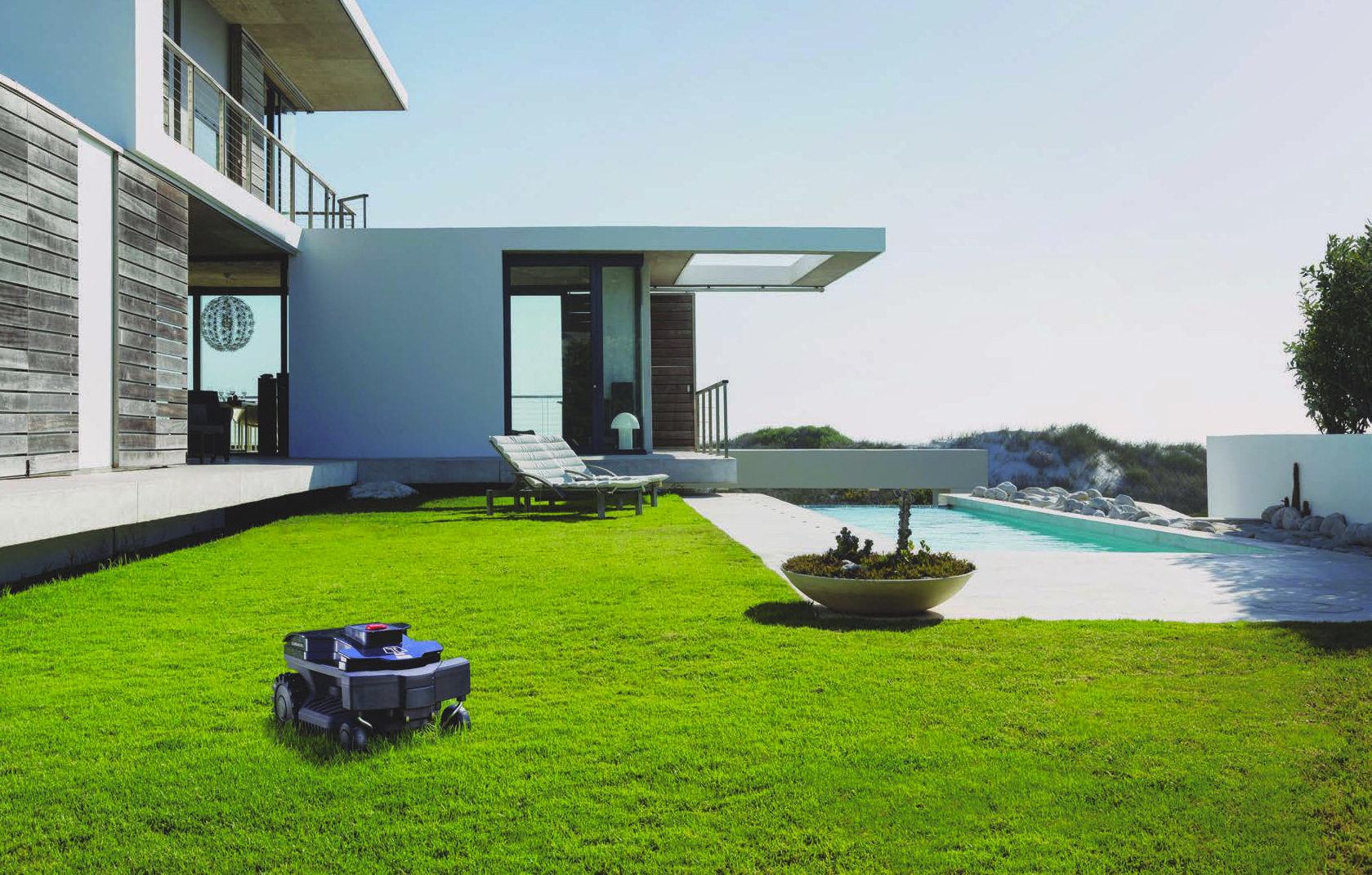
How to Achieve a Sustainable and Eco-Friendly Landscape Design Sep 04, 2025
To begin your journey towards an eco-friendly landscape, start by assessing your current outdoor setup. Understand the natural conditions of your property, including the type of soil, the climate, and the amount of sunlight different areas receive. This initial step enables you to make informed decisions that complement the natural elements, reducing the need for excessive water or chemical additives.
One of the core principles of sustainable landscaping is to use native plants. Native plants are inherently adapted to the local climate and soil conditions, which means they require less water and maintenance. By choosing native species, you not only create a landscape that thrives with minimal intervention but also support local biodiversity. Consider plants that are indigenous to your region; they bring unique beauty and resilience to your garden while attracting beneficial insects and wildlife.
In addition to selecting the right plants, consider the use of mulching to conserve water. Apply organic mulch around your plants to retain soil moisture, suppress weeds, and regulate soil temperature. Mulch not only adds a neat appearance to your garden beds but also gradually enriches the soil as it decomposes, reducing the need for chemical fertilizers.
Another significant component of eco-friendly landscape design is the efficient use of water. An intelligent irrigation system, such as drip irrigation, can significantly reduce water usage by delivering water directly to the plant roots. Harvesting rainwater using barrels is another excellent method to minimize water waste. These systems ensure that your plants receive the right amount of water, encouraging deep root growth and increasing their drought resistance.
Hardscaping features like permeable paving can also contribute to sustainability. Traditional concrete and asphalt surfaces can exacerbate flooding and erosion issues. Permeable materials, however, allow rainwater to seep through and replenish groundwater rather than run off into sewers. By intelligently mixing hardscape and softscape elements, you create an outdoor space that's both functional and environmentally friendly.
Furthermore, consider your garden's maintenance routines. Traditional lawn equipment, like gas-powered mowers and leaf blowers, can contribute significantly to air pollution. Opt for electric or manual tools to reduce your carbon footprint. Composting grass clippings and organic waste from your garden is another sustainable practice. Compost enriches the soil naturally, providing essential nutrients without chemical fertilizers.
Finally, consider incorporating features that promote a habitat for local wildlife. Installing birdhouses or bee hotels can make your garden not just a picture of beauty but a thriving ecosystem. These additions support populations of pollinators and other beneficial creatures, completing the cycle of sustainability.
By implementing these strategies, customers of CBA Landscaping can transform their landscapes into eco-friendly havens. These practices not only benefit the environment but also create a serene and self-sustaining outdoor space for you to enjoy. Embrace sustainable landscaping today to secure a greener tomorrow while creating a picturesque garden tailored to nature's inherent efficiencies.
/filters:no_upscale()/media/f07c606f-9500-4993-bcf2-622eb19cd59a.jpeg)
/filters:no_upscale()/filters:format(webp)/media/2800a183-2021-4d0d-a953-0f6a4e84e60d.jpeg)